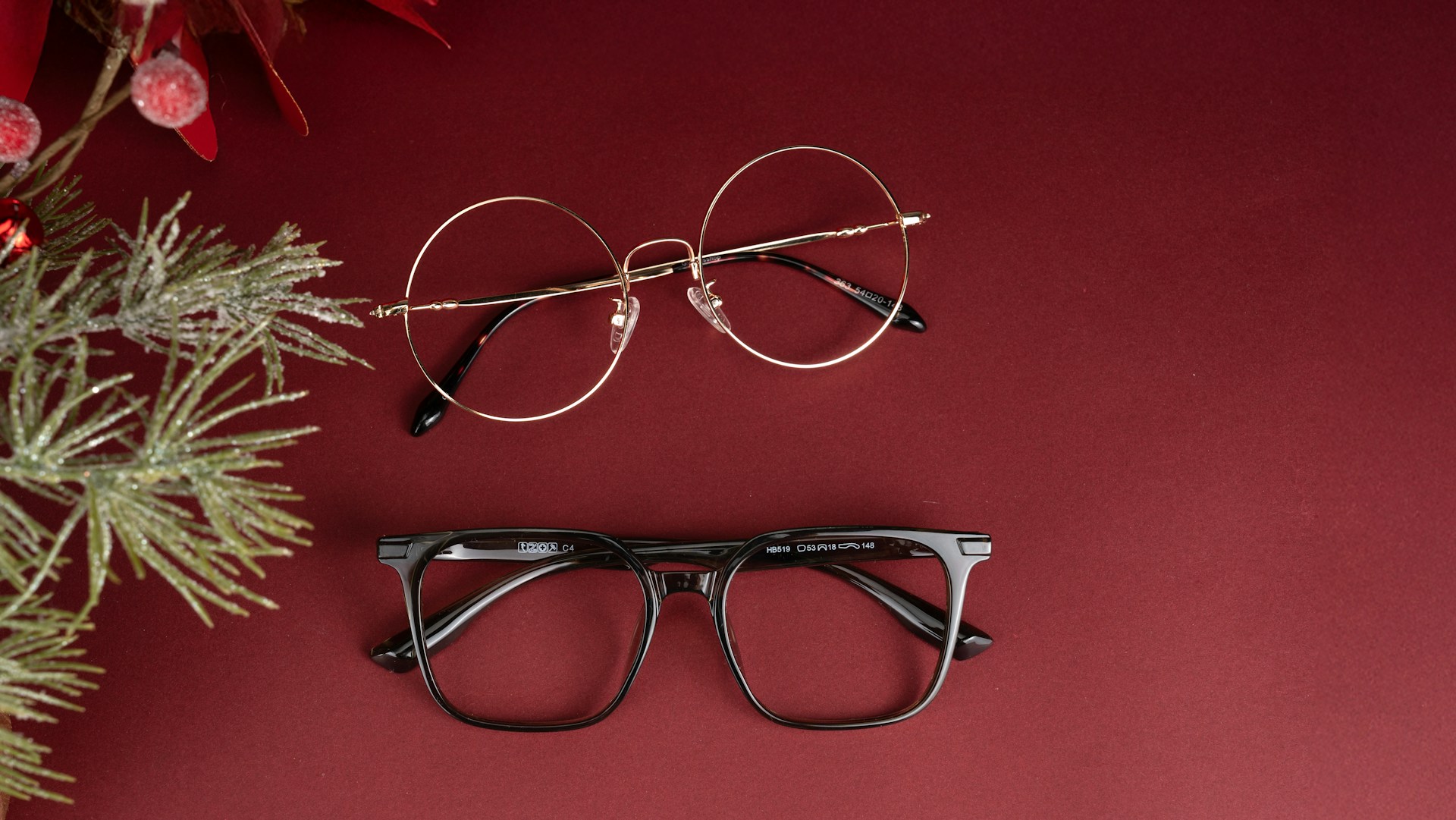
The evolution of eyeglasses is a compelling story of scientific discovery and cultural change. What began as basic vision aids has developed over centuries into sophisticated tools that serve both functional and aesthetic purposes. Understanding this journey helps us appreciate how human ingenuity transformed a simple necessity into an integral part of modern life and fashion.
Early Milestones in the Evolution of Eyeglasses
The earliest phase in the evolution of eyeglasses dates back to ancient civilizations. The Romans, for example, used clear glass spheres filled with water to magnify text. These early magnifiers were not wearable, but they demonstrated a fundamental understanding of how light could be manipulated to improve vision. Ancient Egyptians and Chinese cultures also experimented with polished stones and crystals to enhance sight.
In the late 13th century, the first wearable spectacles were developed in Italy. These primitive glasses used convex lenses mounted in frames made of wood, bone, or metal, connected by a rivet. Users—mostly monks and scholars—would balance them on their noses or hold them by hand while reading. Although simple, these spectacles marked a crucial turning point in the evolution of eyeglasses by introducing the concept of wearable vision correction.
Over the next few centuries, demand for spectacles grew as literacy increased across Europe. Glass grinding techniques improved, producing clearer and more effective lenses. While early designs focused solely on function, they laid the groundwork for centuries of innovation.
Expanding Functionality During the Renaissance
The Renaissance era accelerated the evolution of eyeglasses as knowledge of optics advanced. Craftsmen developed concave lenses to correct nearsightedness (myopia), expanding eyeglasses’ usefulness beyond reading. More precise lens grinding techniques also improved visual clarity and consistency.
Several important innovations appeared between the 17th and 18th centuries:
- Temple arms were introduced, allowing glasses to rest comfortably on the ears instead of being handheld.
- Adjustable bridges improved the fit and stability of spectacles.
- Bifocal lenses, attributed to Benjamin Franklin in the 1780s, allowed wearers to see both near and distant objects without changing glasses.
These improvements made eyeglasses more practical and accessible. They were no longer exclusive to scholars or wealthy individuals. By the 1700s, eyeglasses had become widely used, marking an essential stage in the evolution of eyeglasses from rare scholarly tools to everyday vision aids.
Eyeglasses as Symbols of Status and Personal Expression
The 19th and 20th centuries introduced a new dimension to the evolution of eyeglasses—their transformation into personal and cultural symbols. The Industrial Revolution enabled mass production of frames and lenses, making eyeglasses affordable for larger populations. This accessibility allowed design variety to flourish.
During this period, frames began to reflect personal taste as much as function. Wealthy individuals often chose gold or silver frames to signify status, while others favored horn-rimmed and tortoiseshell styles for their distinct appearance. Eyeglasses became available in diverse shapes such as round, oval, square, and cat-eye, enabling wearers to select frames that suited their personalities.
Popular culture, especially cinema, played a major role in this shift. Prominent figures like Audrey Hepburn and James Dean helped normalize eyewear as a fashion element. Designers began releasing branded eyewear collections, transforming glasses into recognized style accessories. This phase firmly established the evolution of eyeglasses as not only medical devices but also expressions of identity.
At the same time, technological progress continued. Lightweight plastics replaced heavy glass lenses, and new coatings improved durability and reduced glare. These innovations enhanced comfort and usability, encouraging broader adoption of eyewear.
Modern Eyewear: Combining Functionality and Fashion
In the present day, the evolution of eyeglasses has reached a stage where they serve as both essential medical devices and prominent fashion statements. The eyewear industry now offers a vast range of materials, colors, and shapes, allowing individuals to choose frames that reflect their personal style as well as their visual needs.
Several current trends illustrate this ongoing evolution:
- Customization: Prescription lenses can be combined with anti-reflective coatings, blue light filters, or photochromic transitions to adapt to various environments.
- Sustainability: Many companies are creating frames from recycled plastics or biodegradable materials, addressing environmental concerns.
- Designer collaborations: Luxury fashion brands release limited-edition eyewear lines, emphasizing the role of glasses as style-defining accessories.
- Digital try-ons: Virtual reality and augmented reality tools allow users to see how frames look on their faces before purchasing.
Today, eyeglasses are often selected as much for their aesthetic appeal as for their functional benefits. Some individuals even wear non-prescription glasses solely for style purposes. This cultural acceptance illustrates how deeply eyewear has become embedded in self-expression.
In addition, emerging technologies are shaping the future of the evolution of eyeglasses. Smart glasses with built-in displays, fitness tracking, and voice assistants are beginning to appear. These innovations suggest a future where eyewear could integrate vision correction, digital tools, and fashion into a single multifunctional device.
Understanding the Evolution of Eyeglasses
The evolution of eyeglasses offers a clear example of how human creativity and technological progress can transform a simple invention into a complex cultural object. From ancient magnifying tools to Renaissance spectacles, from industrially produced frames to digital smart glasses, their development mirrors broader changes in science, society, and style.
Today, eyeglasses represent both clarity of vision and individuality of design. They allow people to engage fully with the world while expressing who they are. By studying the evolution of eyeglasses, we can better understand how innovation and culture shape the objects that become essential parts of daily life.